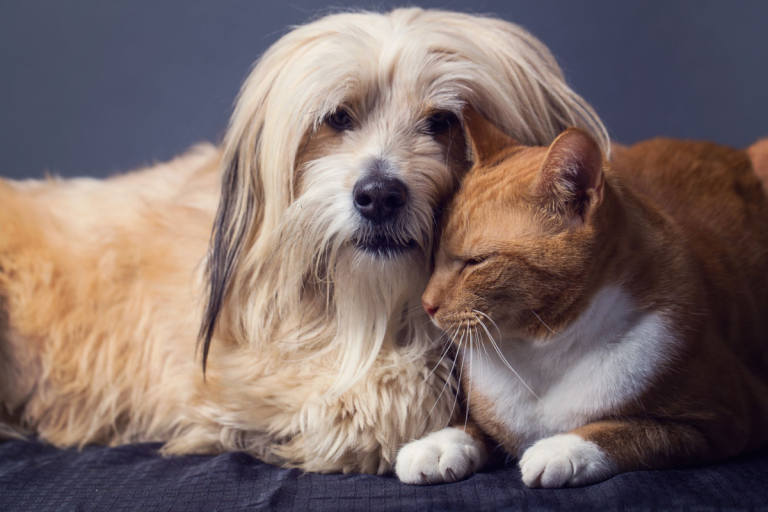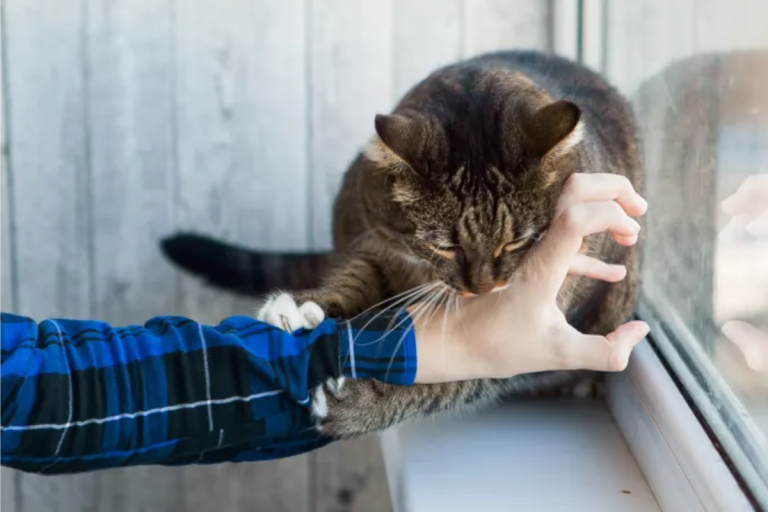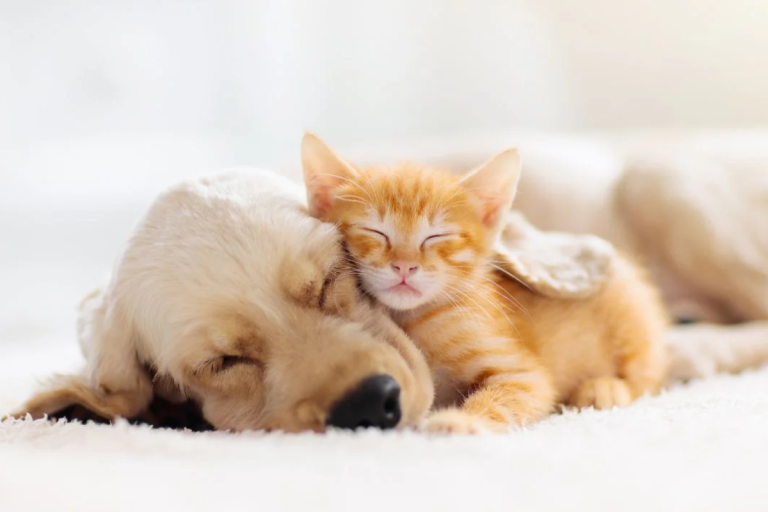How to Safely Break Up a Cat and Dog Fight
Let’s face it: when your furry friends start throwing paws and claws, it can be a heart-stopping moment. Whether it’s your
But don’t panic! There are safe ways to intervene without putting yourself or your pets at risk. In this article, we’ll explore how to recognize the signs of an impending fight, prepare for intervention, and prevent future altercations.
Recognizing the Signs of an Impending Fight
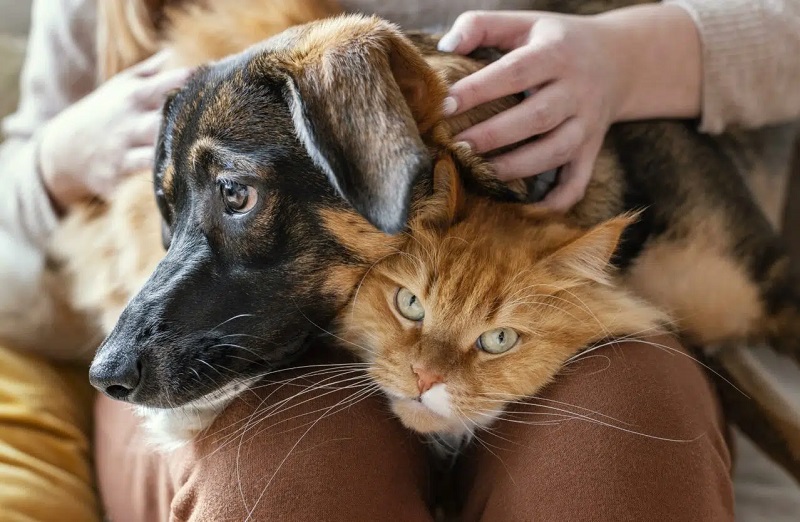
Before you can break up a fight, it’s crucial to understand what leads to one. Cats and dogs communicate through body language, and knowing these signs can help you intervene before things escalate.
Body Language Cues in Cats and Dogs
- Cats: Look for flattened ears, dilated pupils, and a puffed-up tail. These are clear indicators that your
cat is feeling threatened or aggressive. - Dogs: Watch for stiff body posture, raised hackles, and bared teeth. A growl or snarl is also a strong warning sign that your dog is ready to engage.
Common Triggers for Aggression
Certain situations can trigger fights between cats and dogs:
- Territorial disputes (e.g., guarding food or toys)
- Sudden movements or loud noises
- Overstimulation from petting or playtime
By being aware of these triggers, you can take proactive steps to prevent conflicts before they start.
Preparing for a Safe Intervention
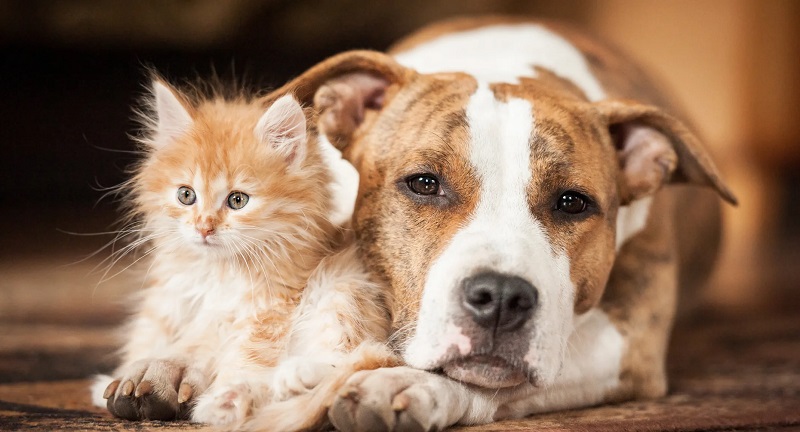
When tensions rise, preparation is key. Having a plan in place can make all the difference in safely breaking up a fight.
Creating a Safe Space
Make sure both pets have their own safe areas where they can retreat if they feel overwhelmed. This could be separate rooms with their beds, toys, and food bowls.
Gathering Necessary Tools
Having the right tools on hand can help you break up a fight more effectively:
- Spray bottles: A quick squirt of water can distract pets.
- Blankets or towels: These can be used to gently cover one pet if needed.
- Noise makers: A loud clap or whistle can startle them enough to stop fighting.
Steps to Safely Break Up the Fight
So, what do you do when you see your pets going at it? Here’s a step-by-step guide:
Stay Calm and Avoid Yelling
First things first: keep your cool! Yelling can escalate the situation further. Take a deep breath and approach calmly.
Use Distraction Techniques
Try distracting them with noise or movement:
- Clap your hands loudly.
- Shake a jar filled with coins.
- Use a toy or treat to redirect their attention.
Physical Separation Methods
If distraction doesn’t work, you may need to physically separate them:
- Create Distance: If it’s safe to do so, use furniture as a barrier between them.
- Use Blankets: Gently toss a blanket over one pet to obscure their view of the other.
- Leash Control: If your dog is on a leash, gently pull them away while keeping the
cat at bay.
After the Fight: What to Do Next
Once you’ve successfully broken up the fight, it’s time to assess the situation.
Assessing Injuries and Emotional State
Check both pets for any injuries—this includes scratches, bites, or signs of stress like panting or hiding. If you notice anything concerning, consult your veterinarian.
Reintroducing Pets Safely
After ensuring both pets are okay, allow them some time apart before reintroducing them:
- Start with short sessions where they can see each other from a distance.
- Gradually decrease the space as they become more comfortable.
Preventing Future Fights
Now that you’ve navigated through a tough situation, let’s talk about how to prevent future fights from happening.
Training Tips for Better Behavior
Invest time in training both pets:
- Teach commands like “sit” and “stay” to maintain control during tense moments.
- Reward good behavior with treats and praise.
Environmental Adjustments to Reduce Tension
Make changes in your home that promote harmony:
- Separate feeding areas can reduce resource guarding.
- Provide plenty of toys and activities to keep them engaged and less likely to clash over boredom.
FAQs
What should I do if my pets continue fighting?
If fights persist despite intervention efforts, consider consulting an animal behaviorist for tailored advice.
Can I train my pets not to fight?
Yes! Consistent training focusing on positive reinforcement can help improve their interactions over time.
How do I know if my pet is injured after a fight?
Look for signs like limping, excessive licking of wounds, or unusual behavior such as hiding or aggression.
Is it safe to intervene during a fight?
Yes, but only if you follow safety precautions—never put yourself in harm’s way!
What are some signs my pets might get along better?
Signs include relaxed body language when near each other, playing together without aggression, and sharing spaces comfortably.
Conclusion
Breaking up a




